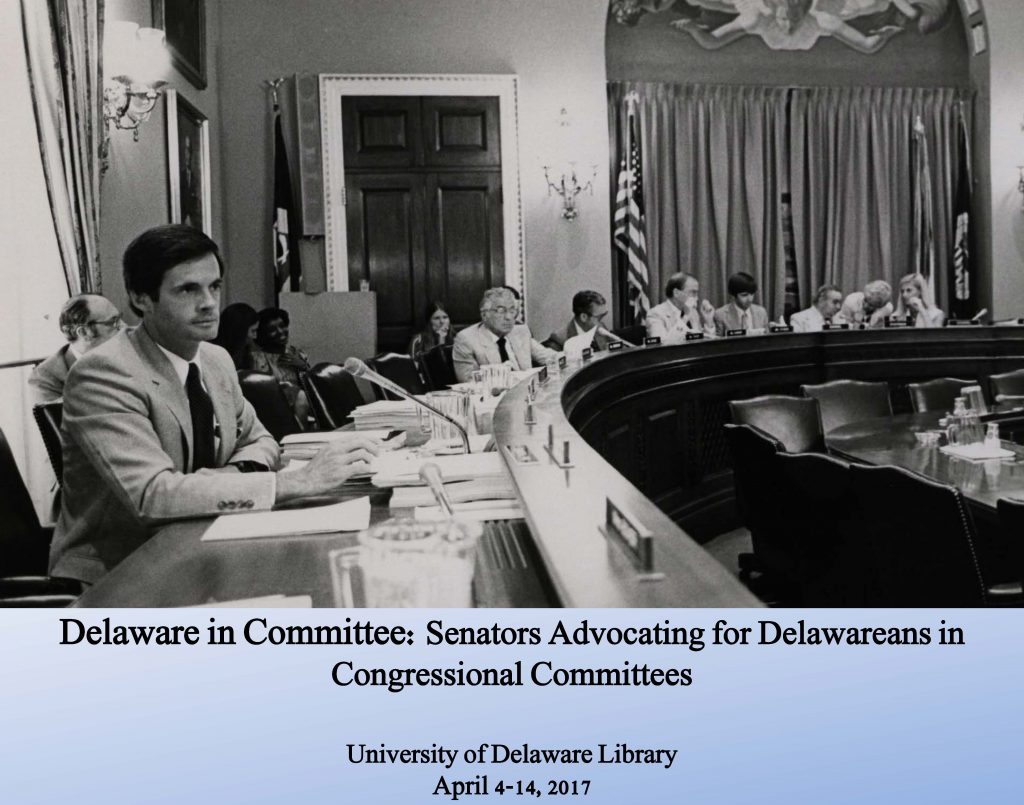
In December 1816, Virginia Senator James Barbour introduced a resolution to the United States Senate, proposing the creation of standing committees to address various issues raised in President James Madison’s State of the Union message to the Congress. Since the first congressional session, the Senate had developed a system of ad hoc, temporary committees to respond to particular legislative or procedural matters. While this system worked for the first quarter century, the country’s expanding economic, social and diplomatic needs after the War of 1812 made the ad hoc committee structure untenable. On December 10, the Senate formally established eleven standing committees; some of which, including the Foreign Relations and Judiciary committees, still exist today.[1]
200 years later, the Senate now hosts sixteen standing committees, which are permanently authorized to consider legislation and conduct investigations on a particular set of issues, and four select (or special) committees, which are appointed to perform a special function beyond the capacity or authority of any standing committee. There are also four standing joint committees, committees made up of members from both the Senate and the House of Representatives.[2] Each committee plays a major role in the day-to-day functioning of Congress, responsible for a wide variety of legislative and oversight activities in both chambers. While the issues have evolved and the purview of certain committees has changed over time, committee work constitutes a significant part of each Senator’s work.
This exhibition highlights some of the contributions made by Senator John J. Williams (R), 1947-1971, Senator J. Allen Frear (D), 1949-1961 and Representative (now Senator) Tom Carper (D), 1983-1993, to protect the interests of Delawareans in their committee work. The items on display focus on the two primary responsibilities of congressional committees: passing legislation and conducting oversight on government programs. They are drawn from the modern congressional collections housed at the University of Delaware Library Special Collections.
This exhibit, on display in Morris Library from April 4-14, 2017, is part of the annual Congress Week celebration, sponsored by the Association of Centers for the Study of Congress (ACSC). The University of Delaware Library is an institutional member of ACSC, which was founded in 2003 to support a wide range of programs designed to inform and educate students, scholars, policy-makers, and members of the general public on the history of Congress, legislative process, and current issues facing Congress. The ACSC encourages preservation of material that documents the work of Congress, including the papers of representatives and senators, and supports programs that make those materials available for educational and research use. More information about Congress Week can be found on the organization's website.
[1] Bob Dole, Historical Almanac of the United States Senate: A Series of “Bicentennial Minutes” Presented to the Senate During the One Hundredth Congress (Washington, D.C.: U.S. Government Printing Office, 1989), 68.
[2] Charles E. Schamel, Mary Rephlo, Rodney Ross, David Kepley, Robert W. Coren, and James Gregory Gradsher, ed. Guide to the Records of the United States House of Representatives as the National Archives: 1979-1989 Bicentennial Edition (Washington, D.C.: National Archives and Records Administration, 1989), 375.
Curated by John Caldwell, Political Papers Archivist

